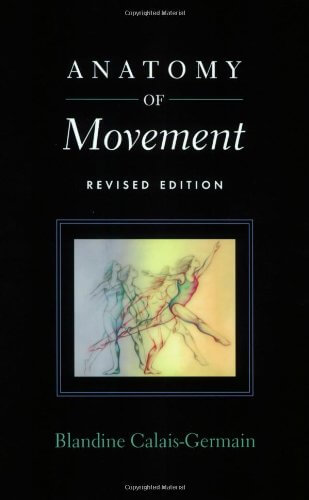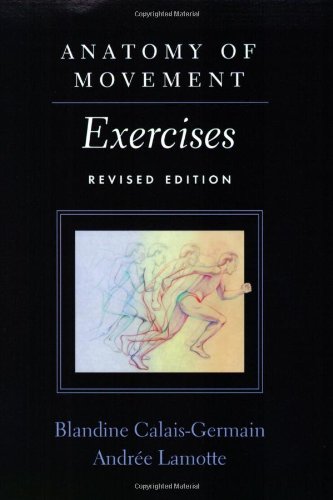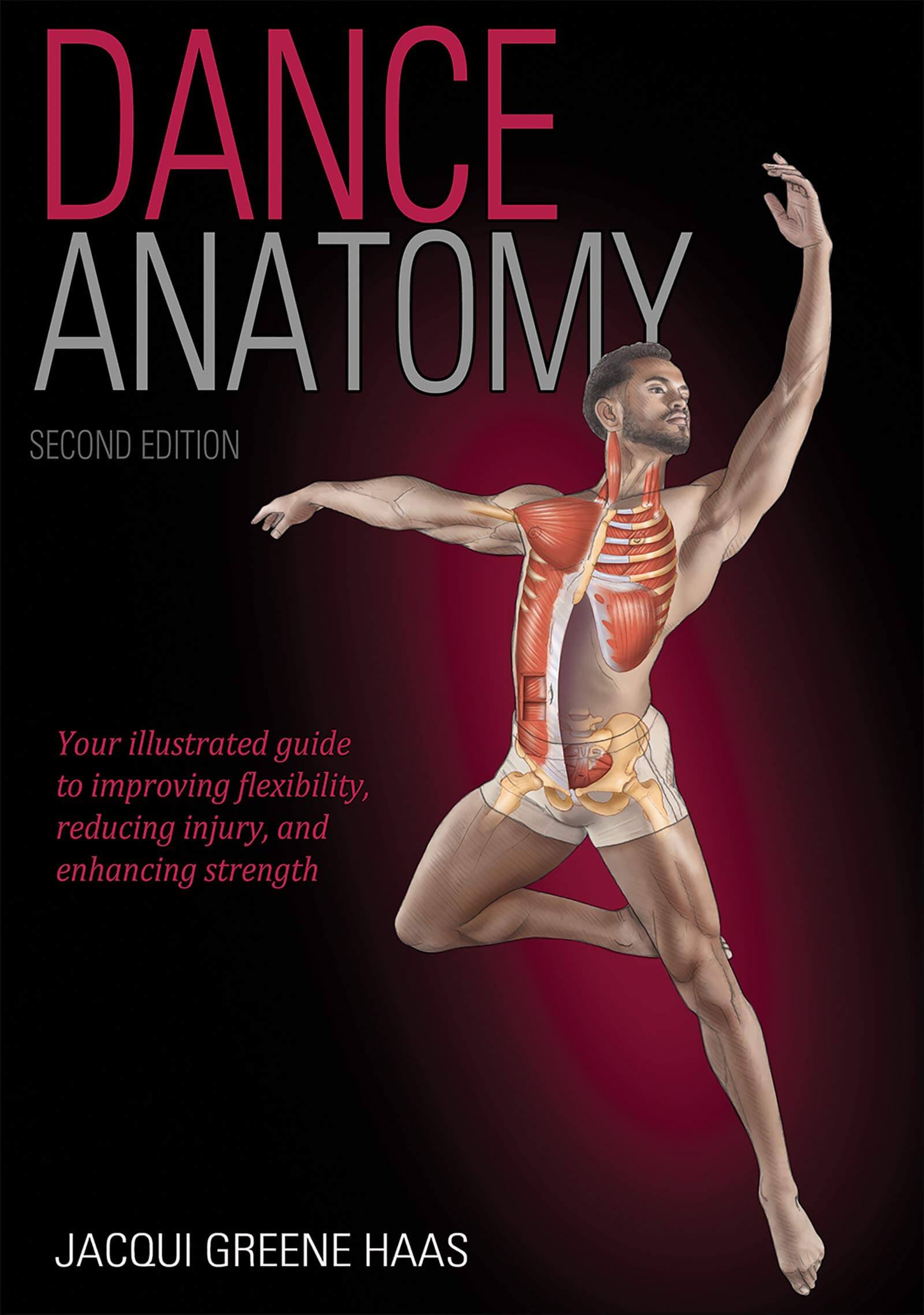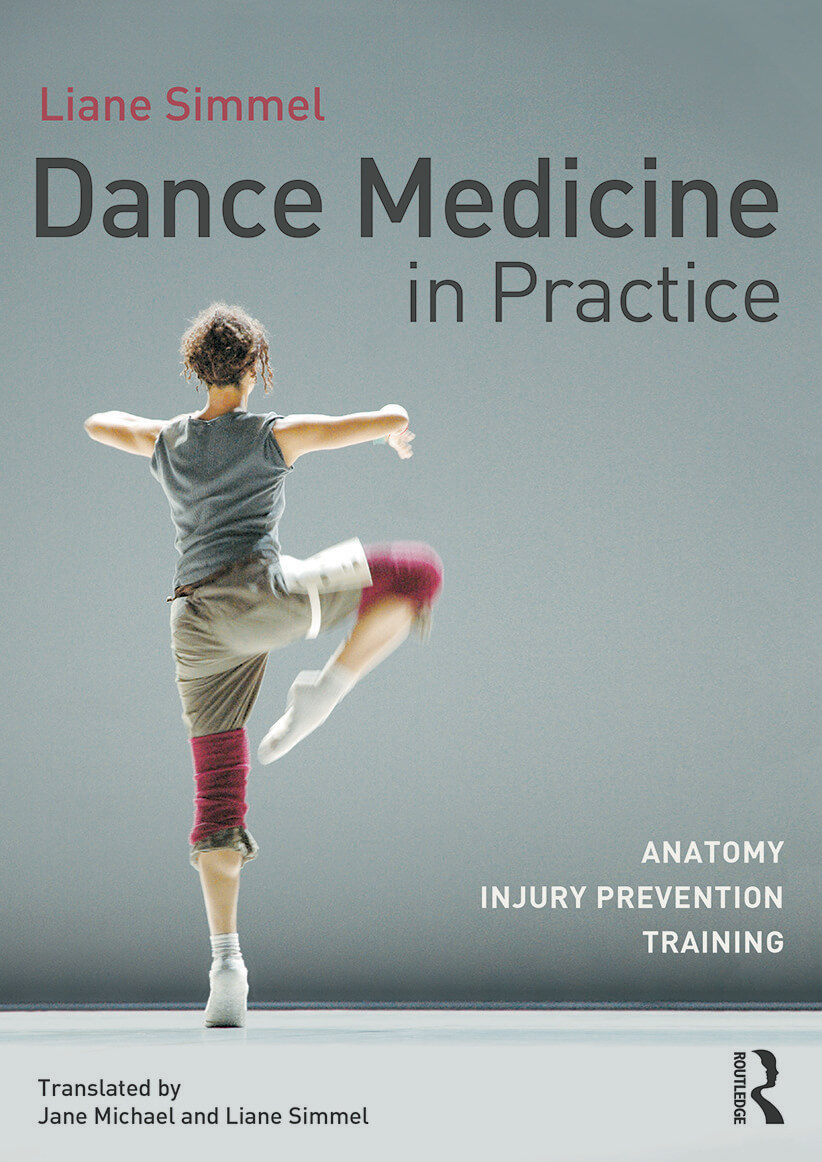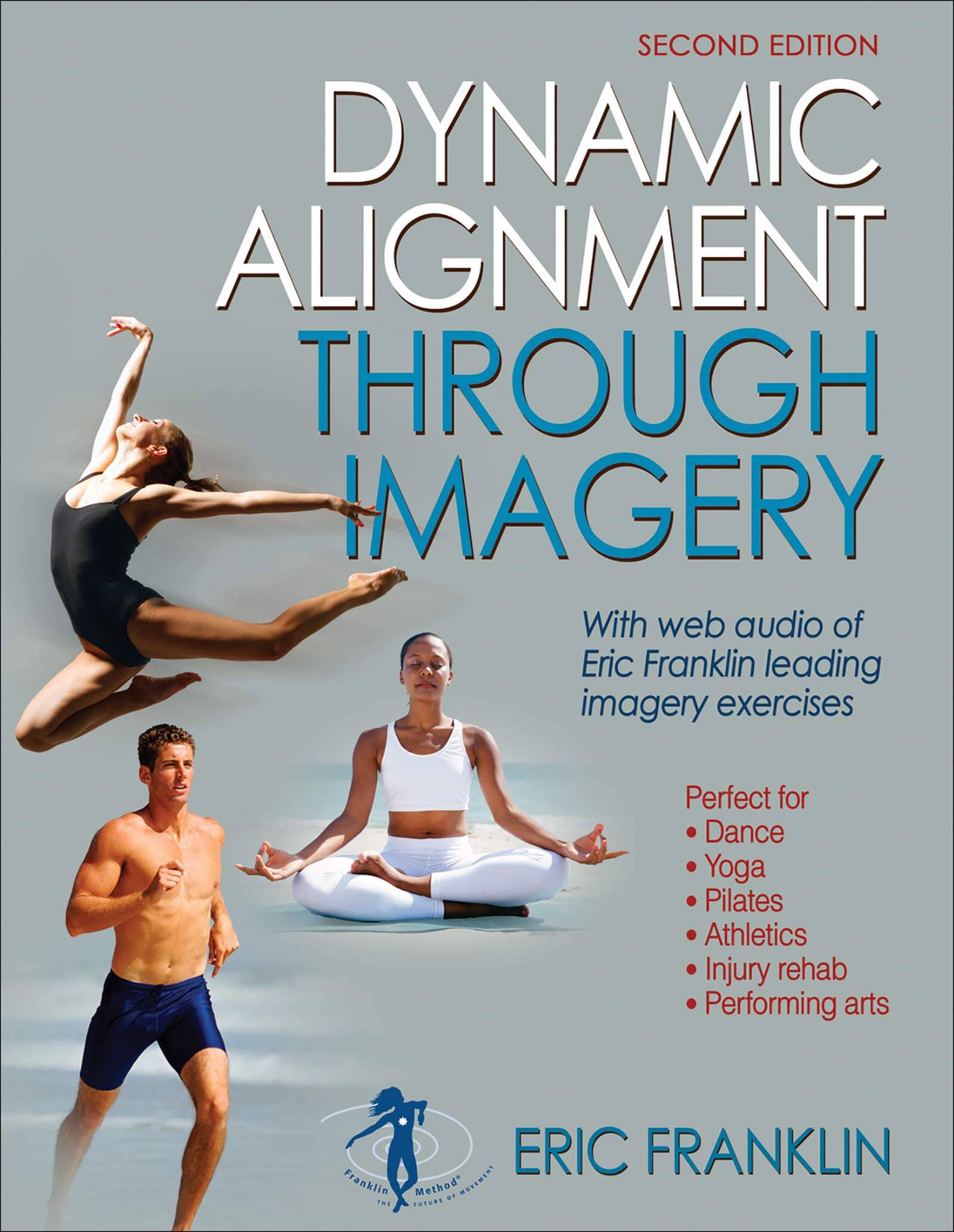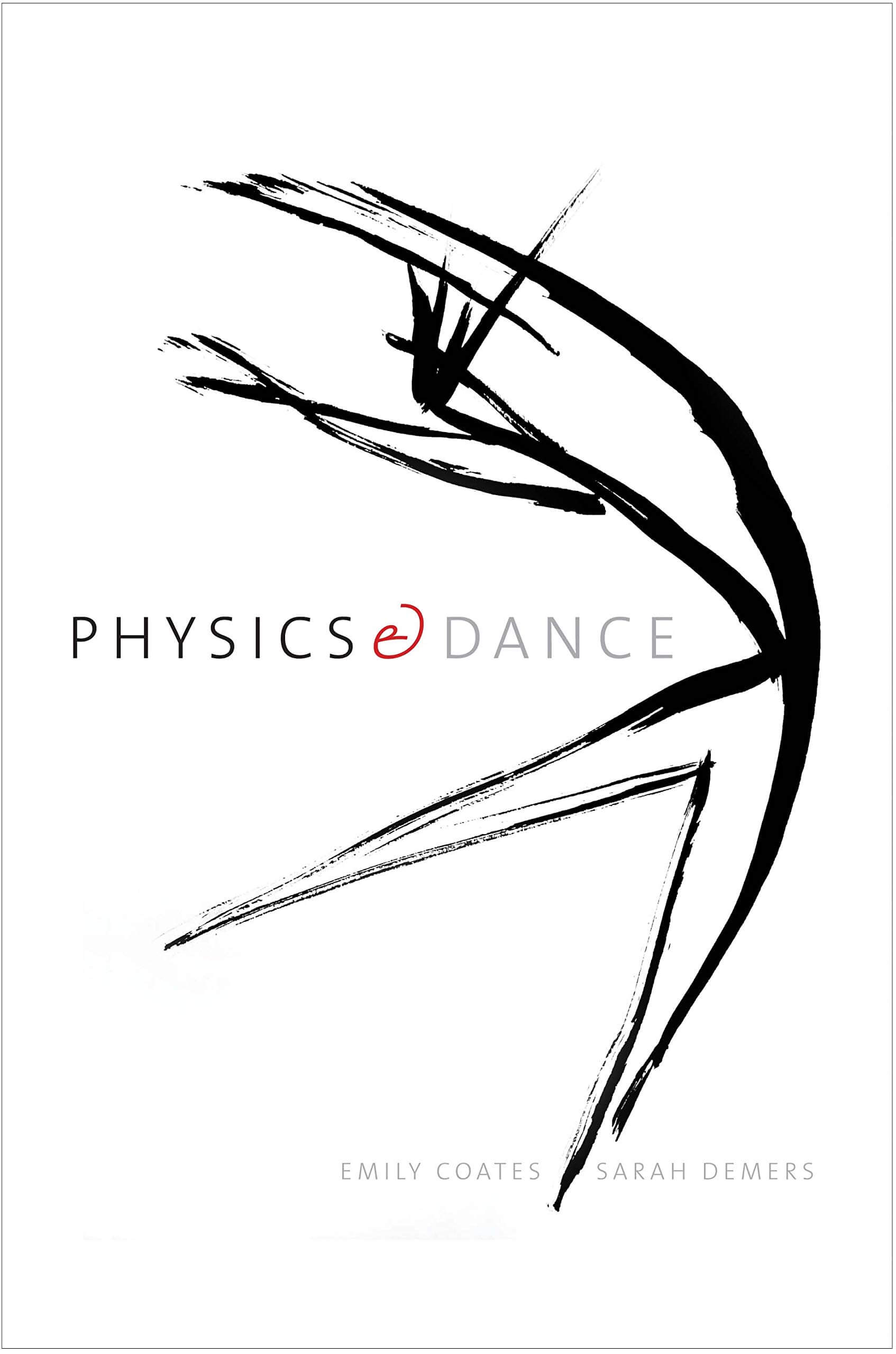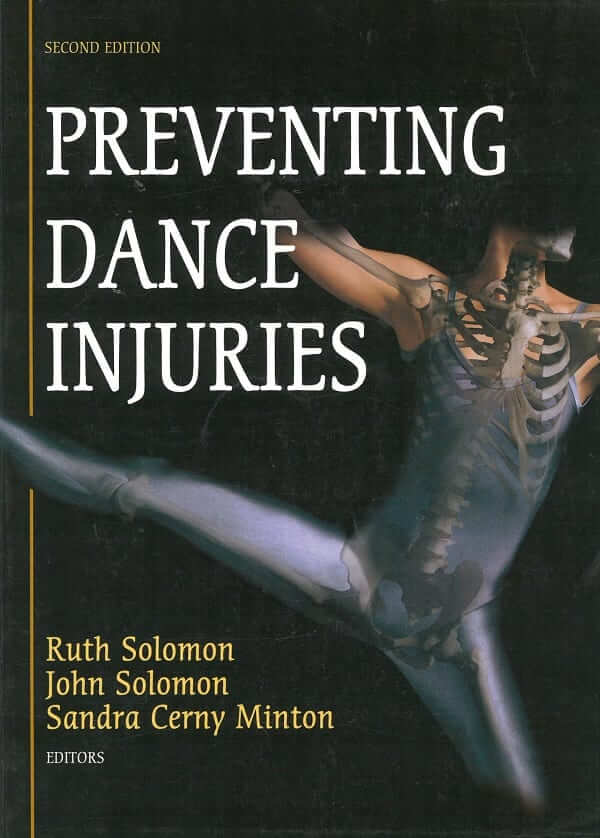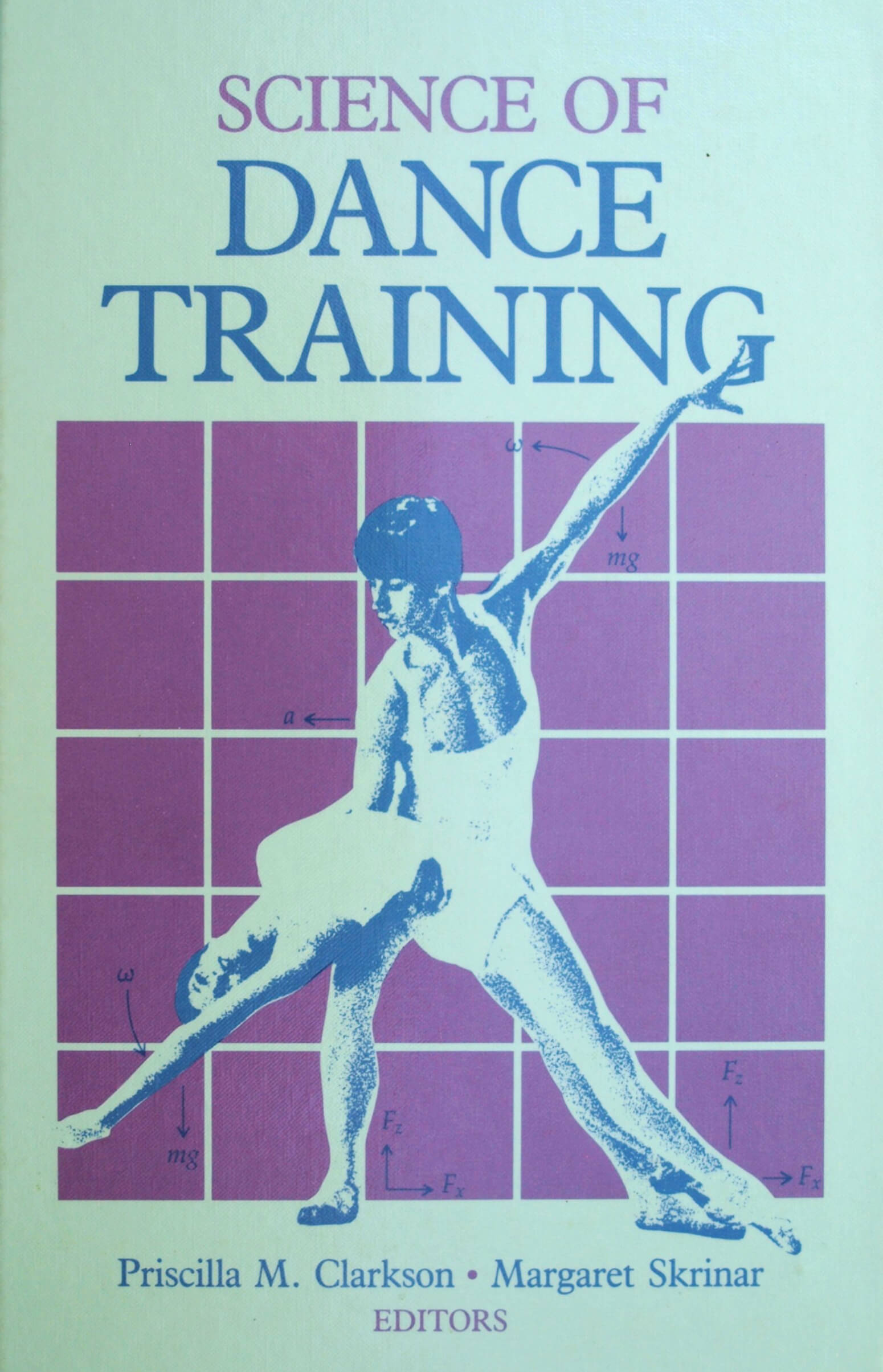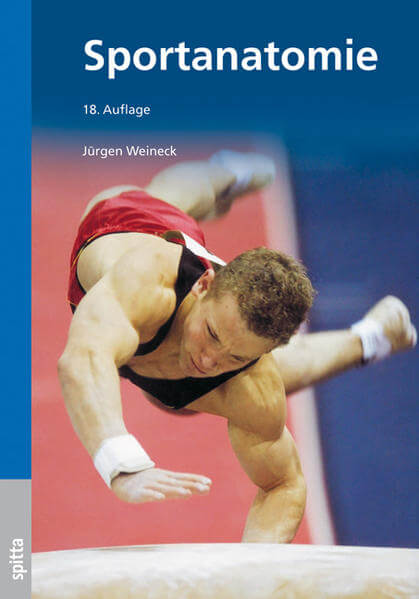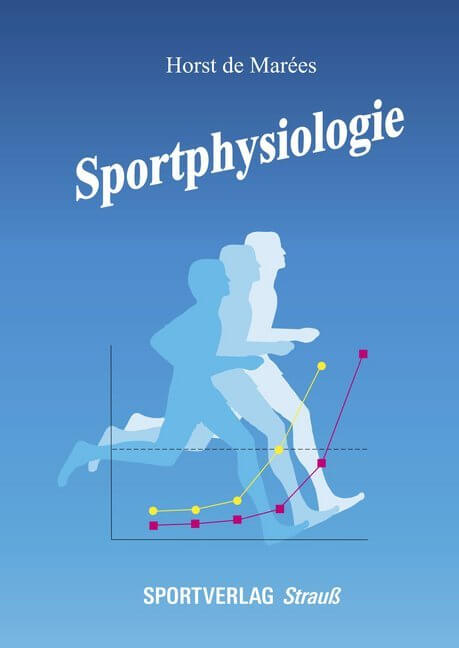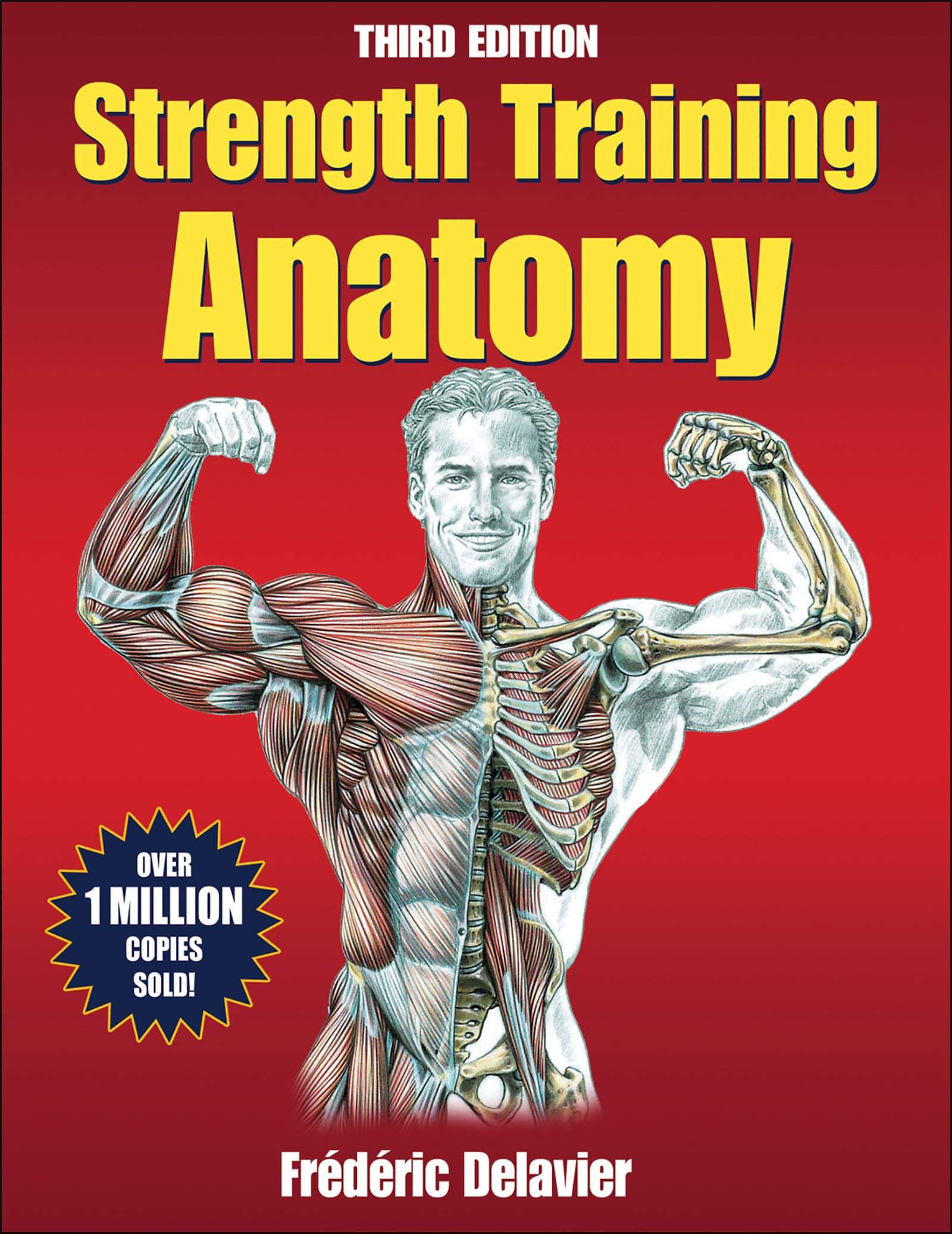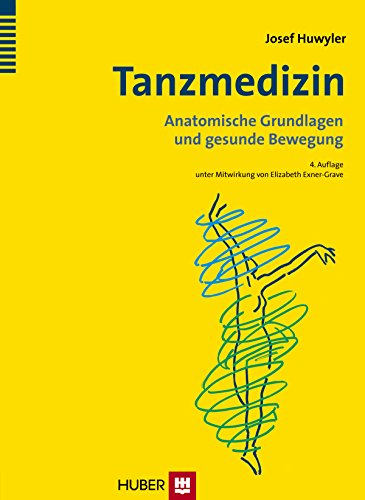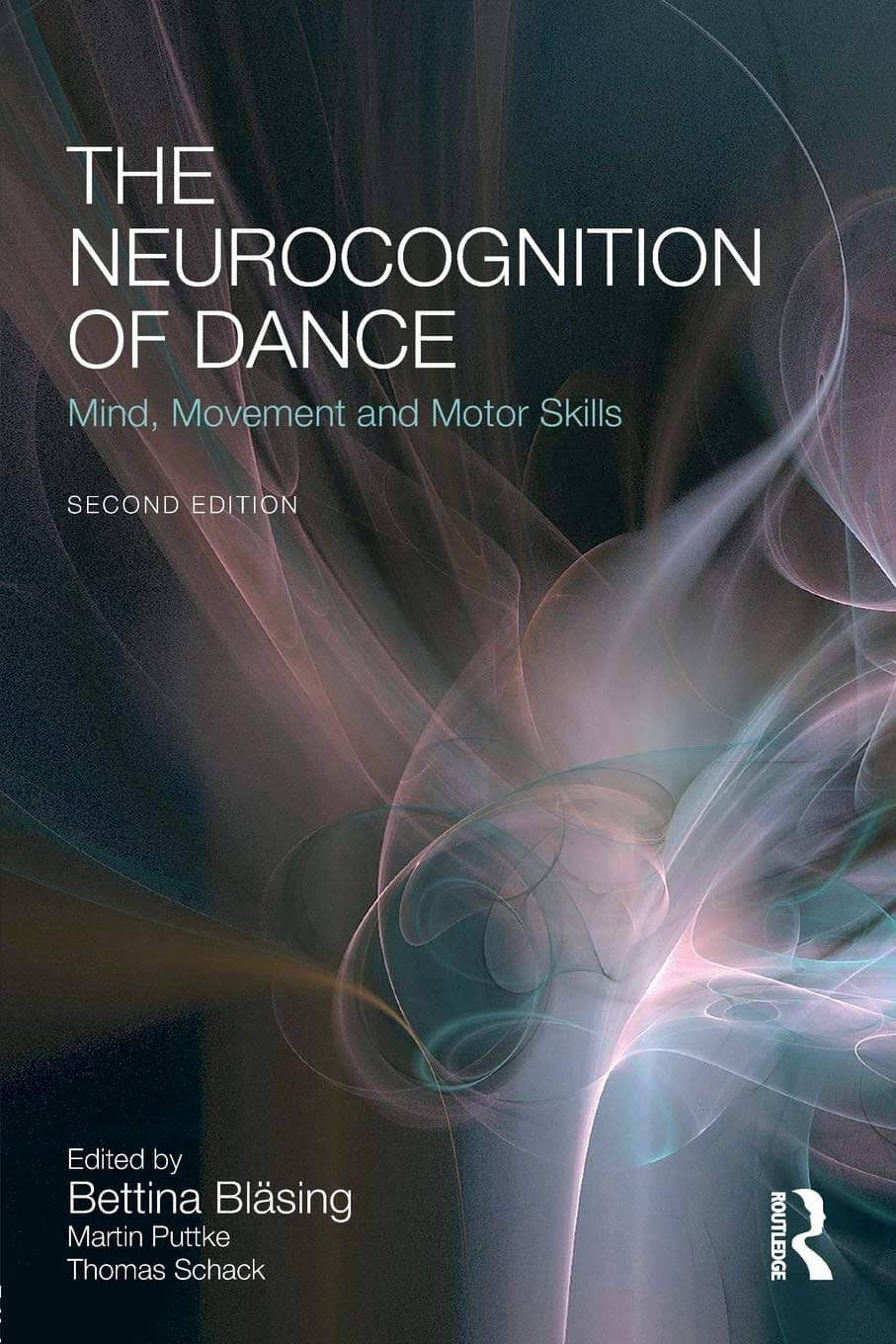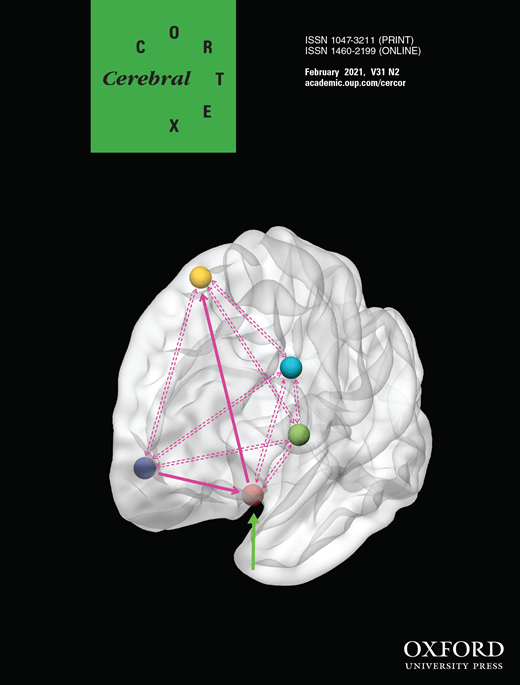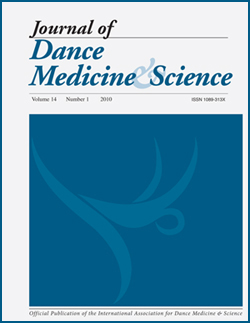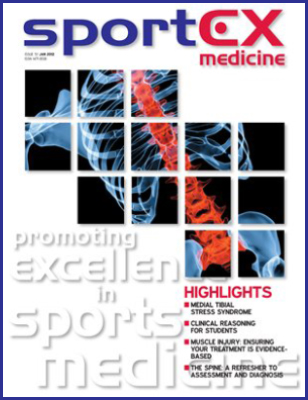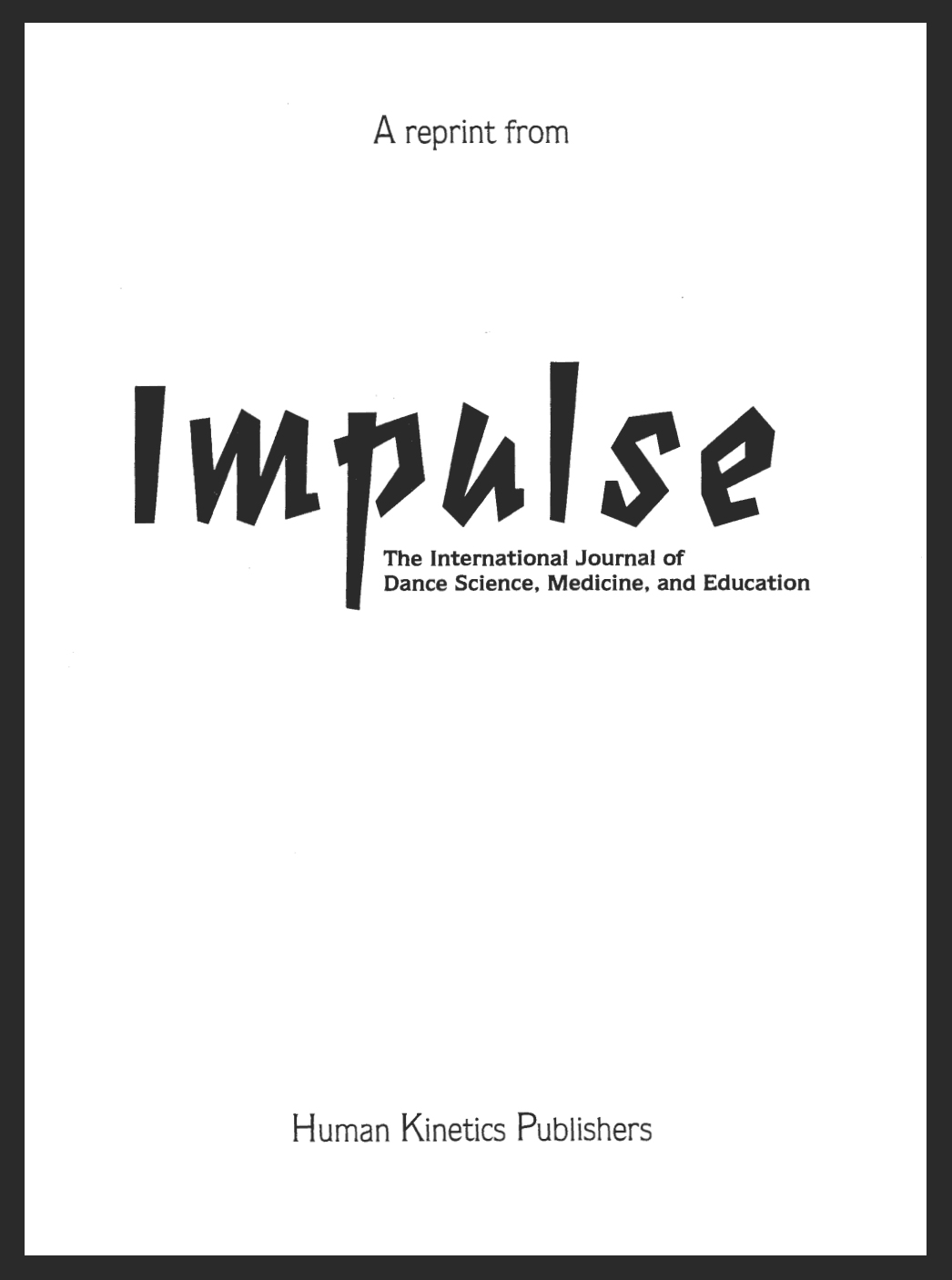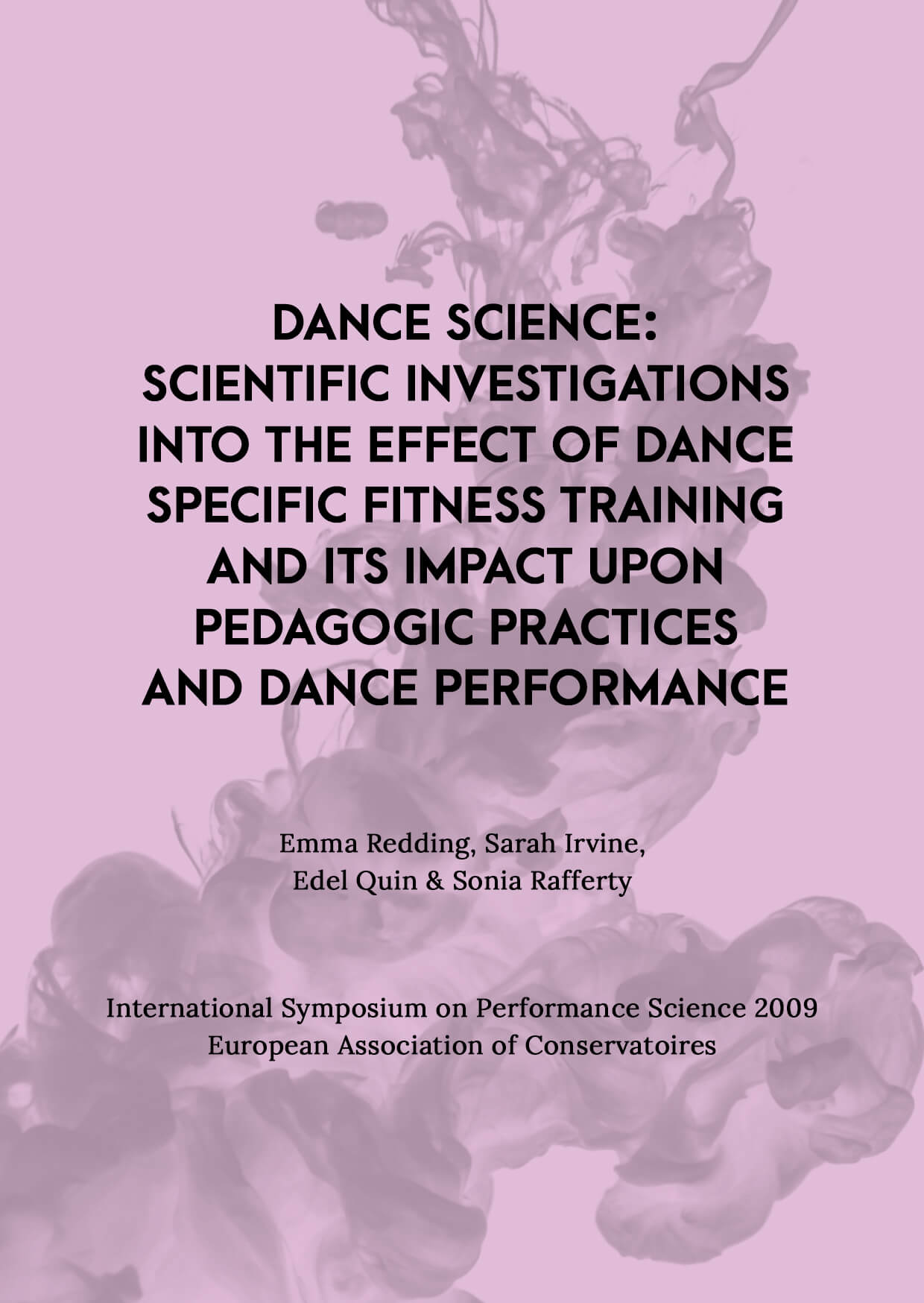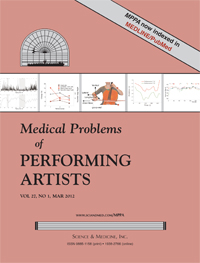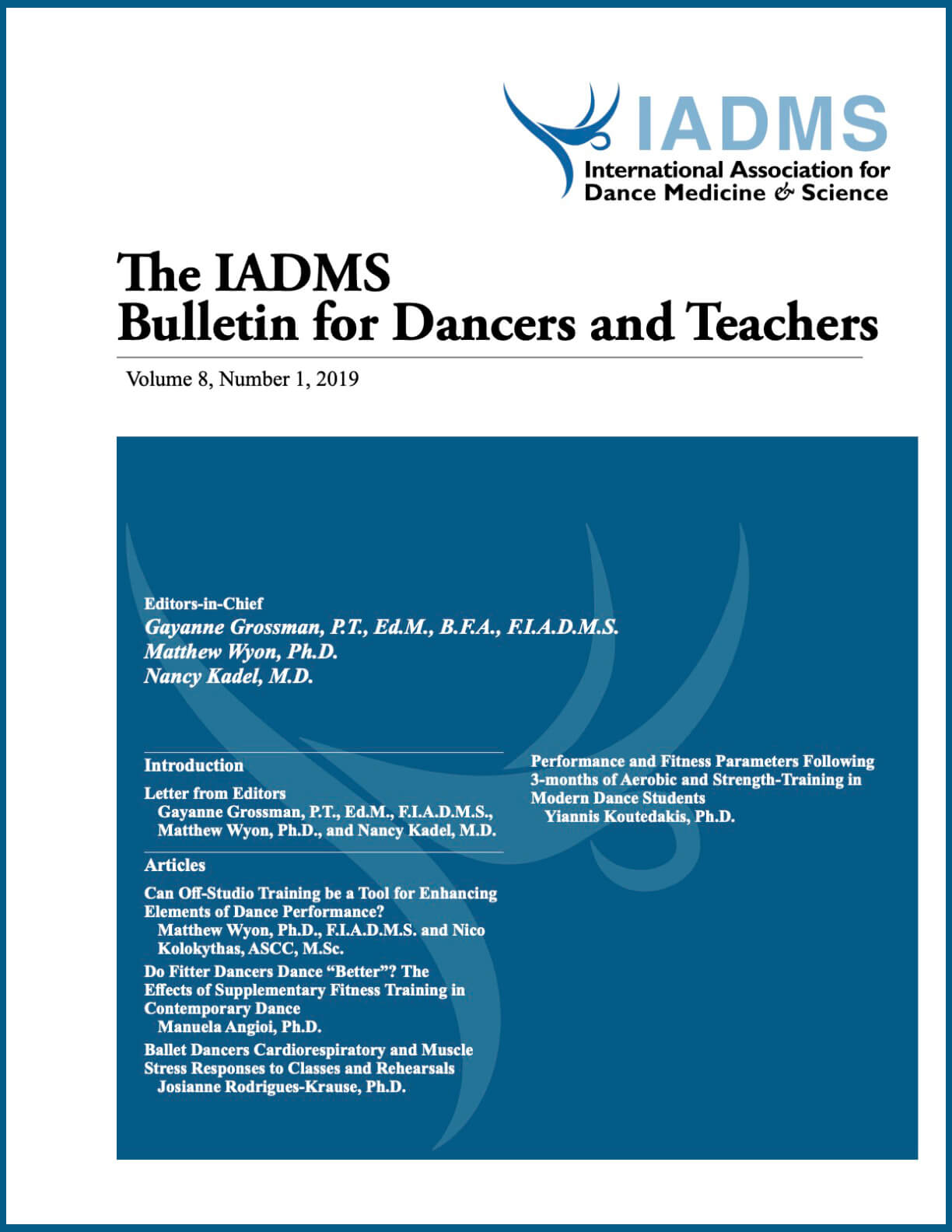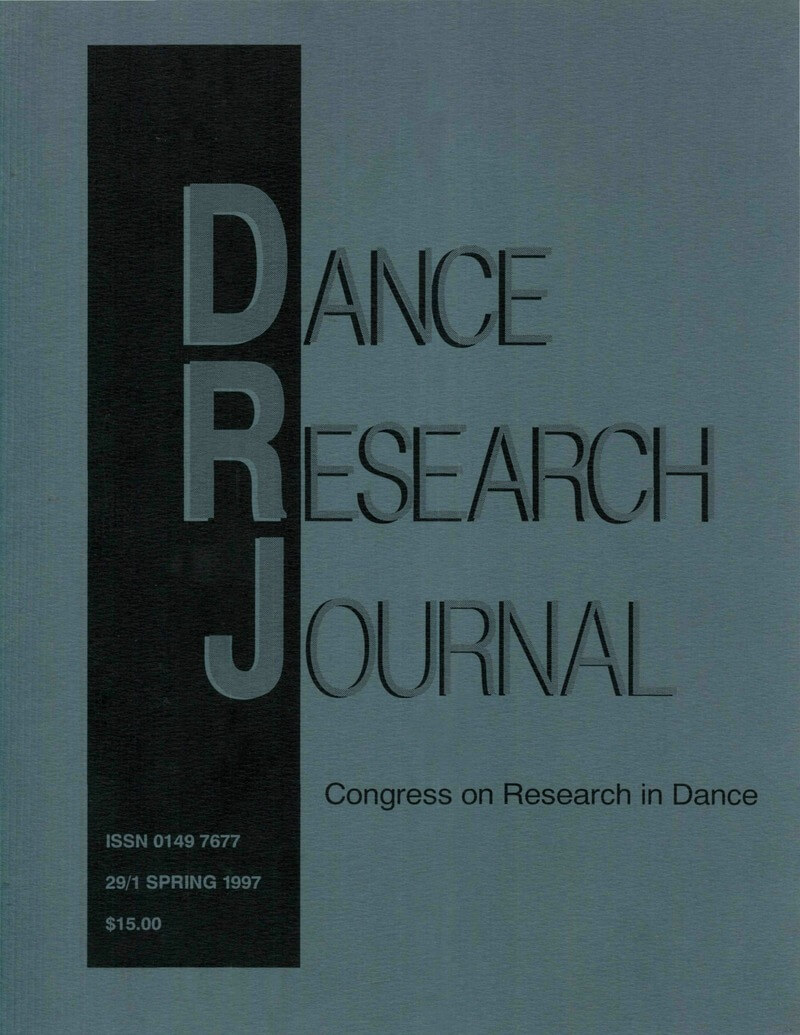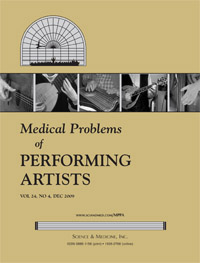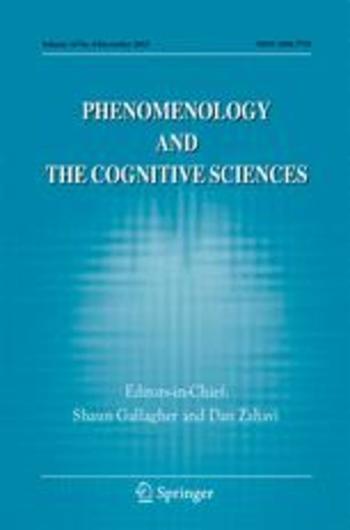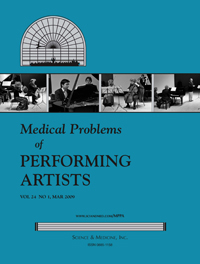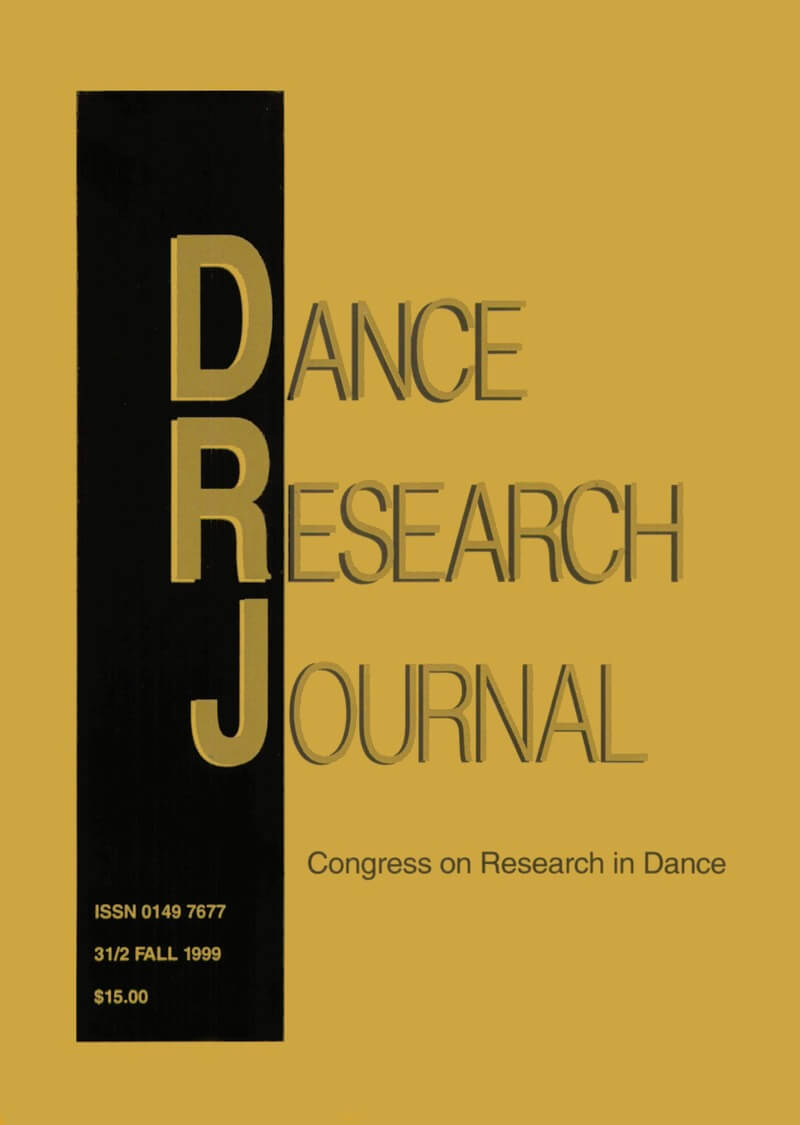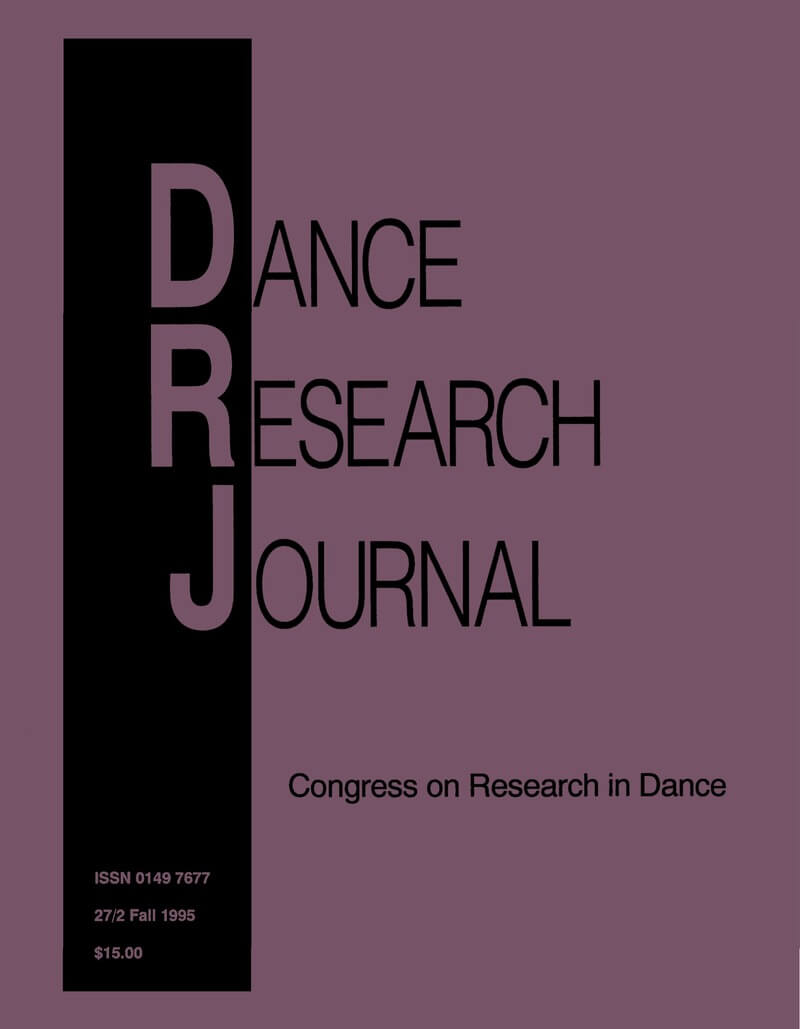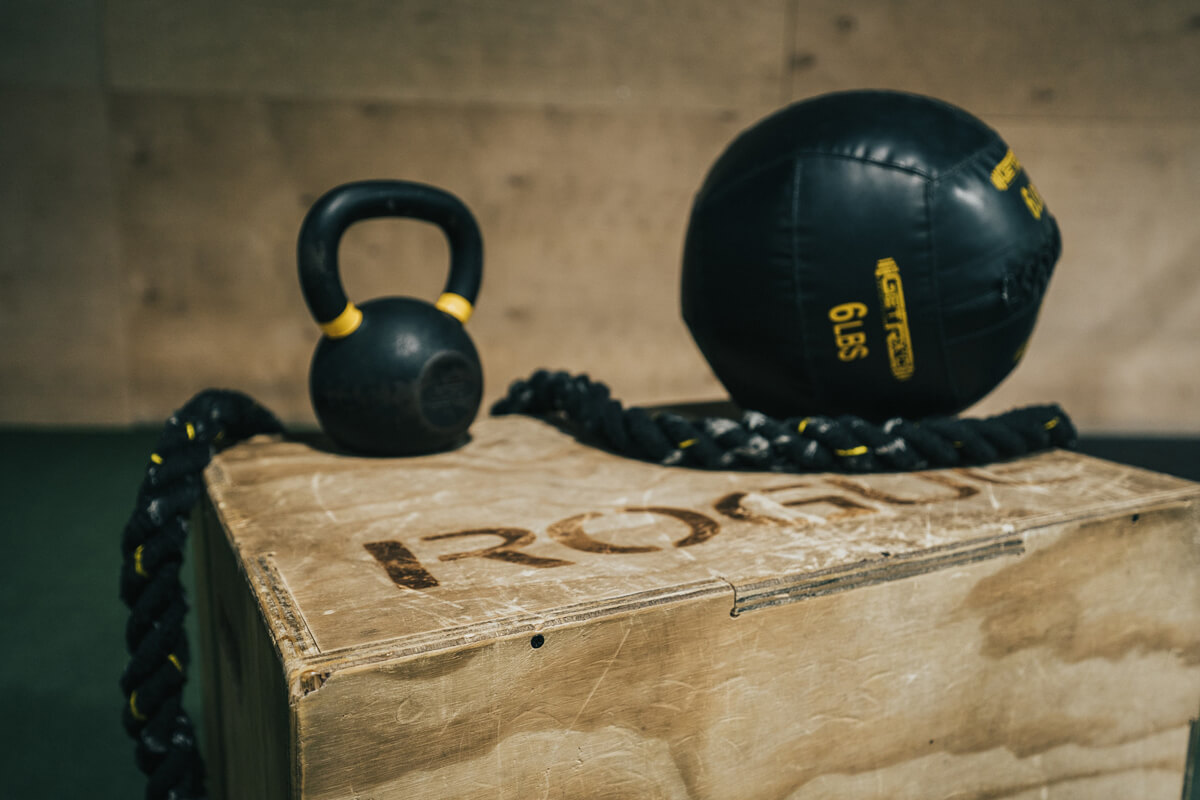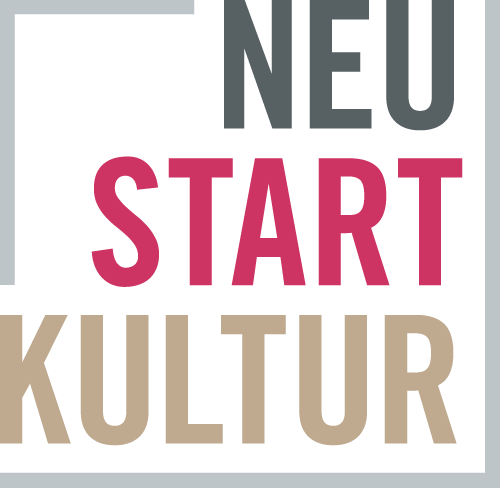DIS-TANZ DIARY #1
A CUMULATIVE READING LIST
Jan 02, 2021 in DIS-TANZ-SOLO

It’s a new year and I’m jumping straight into my DIS-TANZEN research project “Sports science as a tool for movement optimisation, injury prevention & performance enhancement in the work practice of contemporary dancers”.
One of the first things I’m going to do is read, read, read, read, read. I collected a heap of books and texts covering anatomy, physiology, neuroscience, physics, imagery, and more. Some of these I will re-read to get a deeper understanding, others I will read for the first time. Some are designed to pretty straight forward provide facts and figures, like STRENGTH TRAINING ANATOMY by Frédéric Delavier or the German publication SPORTPHYSIOLOGIE by Horst de Marées. Others are meant to help me integrate my findings into my work practice as a dancer and teacher, like FREE PLAY – IMPROVISATION IN LIFE AND ART by Stephen Nachmanovitch.
I might update this reading list or feature some of the publications in more detail at a later point but I’m already sharing my selection with you now in case you are curious about the topic and you wanna study with me. Let’s go:
